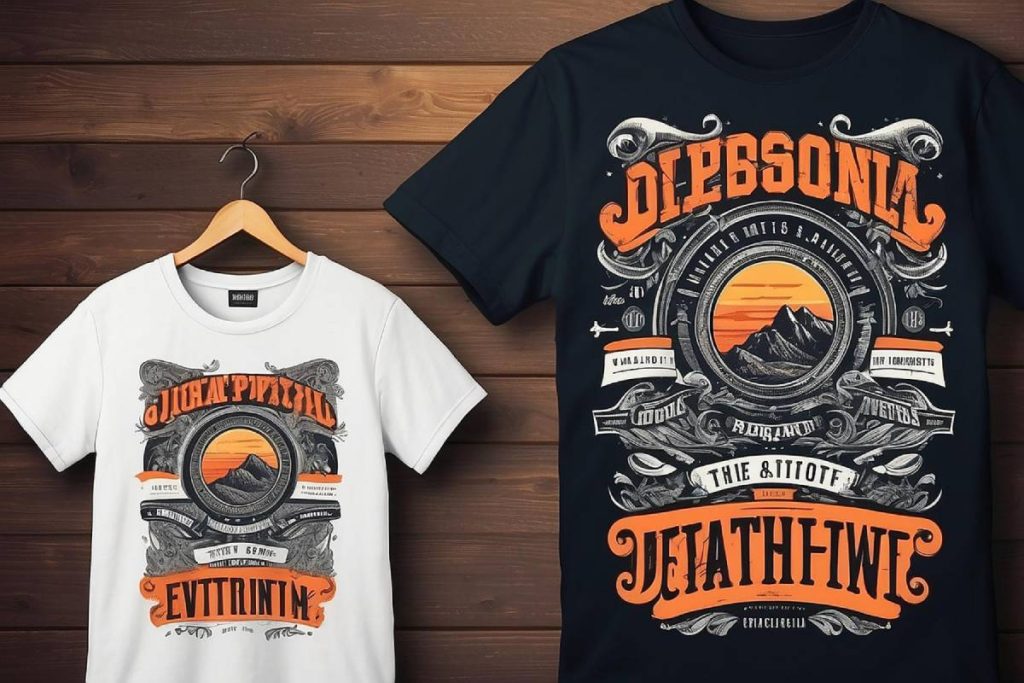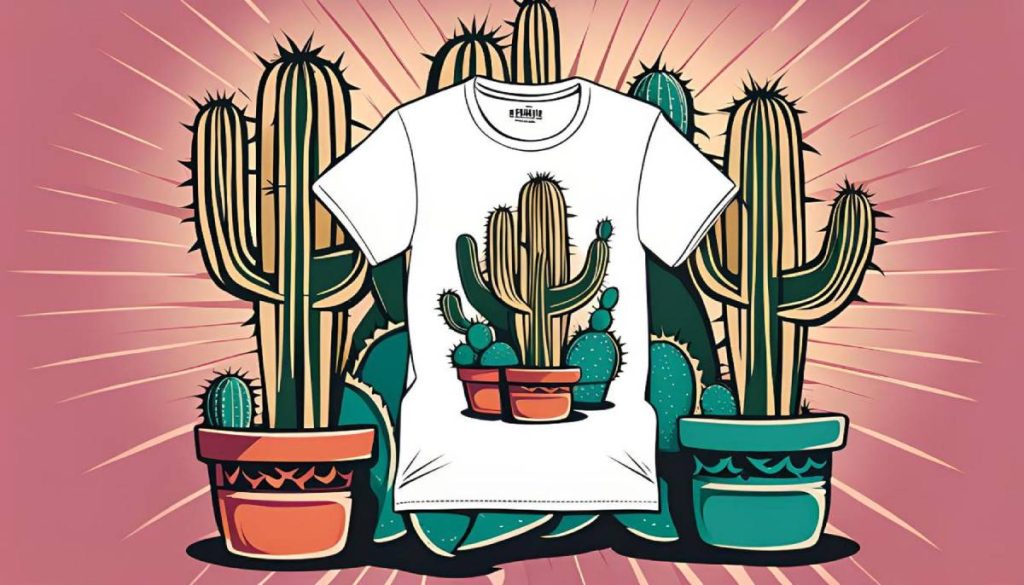The DTF Gangsheet Builder stands as a revolutionary tool in the world of custom garment printing, transforming the way designs are applied to fabrics. Utilizing cutting-edge DTF (Direct-to-Film) printing technology, this innovative software allows users to create gang sheets that maximize efficiency while minimizing waste. With a focus on optimal design layouts, it empowers businesses to produce high-quality prints quickly and affordably. In this extensive guide, we’ll delve into the mechanics of DTF printing, explore the intricacies of the gangsheet creation process, and share invaluable printing tips for beginners eager to elevate their craftsmanship. As you journey into the realm of digital transfer technology, you’ll discover how the DTF Gangsheet Builder can redefine your approach to garment decoration.
The DTF Gangsheet Builder is an essential asset for anyone engaged in the craft of fabric decoration, enabling the seamless application of vibrant designs onto various textiles. This software harnesses modern digital printing techniques to compile multiple images into a single print run, effectively streamlining production. For those new to the industry, terminology such as “gang sheet” and “garment printing” may dominate discussions, but they all converge on the shared goal of efficiency and quality in design transfer. This guide serves as a comprehensive resource for newcomers and seasoned pros alike, offering insights and best practices that enhance the efficiency of digital transfer operations. With a focus on key principles, we’ll help you navigate the fascinating landscape of contemporary printing methods.
The Benefits of DTF Printing for Garment Manufacturers
DTF printing has revolutionized the landscape of garment manufacturing, providing unmatched flexibility and efficiency for businesses of all sizes. One of the primary advantages of this technology is its ability to produce vibrant and detailed prints on a wide range of fabrics without the need for complex setups typically associated with screen printing. This allows designers to experiment with intricate patterns and color combinations without incurring high costs in setup and materials, making it ideal for small to mid-sized garment companies looking to diversify their offerings.
Moreover, DTF prints are known for their durability and resistance to fading over time, ensuring that garments maintain their quality even after numerous washes. This longevity not only satisfies customers but also enhances the brand’s reputation for excellence in product quality. Additionally, because the DTF process minimizes waste through optimized ink usage, businesses can operate more sustainably, appealing to environmentally conscious consumers.
Getting Started with DTF Gangsheet Builder
For beginners eager to dive into DTF printing, understanding how to effectively use the DTF Gangsheet Builder is essential. This tool helps maximize production efficiency by allowing users to layout multiple designs on a single sheet of transfer film. Beginners should first familiarize themselves with the software options available, such as Adobe Illustrator, that facilitate easy design setup and manipulation within the gangsheet format. Proper training on this software can lead to improved productivity and higher-quality prints.
Additionally, leveraging online resources, including tutorials and forum discussions, can provide valuable insights into best practices for using the Gangsheet Builder. For instance, making efficient use of space and understanding alignment techniques can help novices minimize wasted material, ultimately saving on costs. By taking the time to learn the ins and outs of the Gangsheet Builder, beginners can significantly enhance their workflows and production speed.
Essential Tips for Beginners in DTF Printing
Entering the world of DTF printing can be challenging for newcomers, but there are several tips that can ease the learning process. First, beginners should prioritize understanding the basics of DTF technology, including its workflow and the various materials involved. Familiarizing oneself with the different types of DTF films and inks can also help newcomers make informed choices that affect print quality and durability. Understanding these elements upfront can prevent common pitfalls down the road.
Another crucial tip is to conduct regular testing and prototyping before launching into larger production runs. By printing small sample jobs and scrutinizing the results, beginners can identify potential issues such as color mismatches or adhesion problems. This proactive approach not only saves time and resources but also fosters confidence in the printing process. Adopting a mindset of experimentation and learning will ultimately lead to greater success in DTF garment printing.
Troubleshooting Common DTF Printing Issues
Despite the advantages of DTF printing, users may encounter a few common issues that can hinder production if not addressed promptly. For example, prints that appear faded may be a result of improperly configured printer settings or using low-quality transfer films. It is critical to ensure that all parameters, such as DPI settings and color calibration, are adequately adjusted to produce vibrant and high-resolution images.
Additionally, adhesion problems, which can lead to prints peeling or cracking, are often linked to incorrect heating settings during the transfer process. Beginners should take the time to familiarize themselves with their heat press’s specifications and make precise adjustments based on the film and ink used. By thoroughly troubleshooting these common problems, new users can enjoy smooth production flows and high-quality outputs.
Maximizing Efficiency with DTF Gangsheet Builder Techniques
To get the most out of the DTF Gangsheet Builder, applying various optimization techniques is crucial. Firstly, grouping similar designs allows users to save both time and materials when printing. When beginners learn to effectively space and stagger prints to minimize wasted film, they can take significant strides towards creating more sustainable production practices.
In addition to layout optimization, understanding ink distribution is vital for maximizing efficiency. Using a color management profile can help ensure that ink usage is optimized during all stages of production, ultimately reducing costs while enhancing print vibrancy. Beginners who adopt these techniques early on will position themselves for success as they refine their DTF printing processes.
Resources to Enhance Your DTF Printing Journey
As a beginner in DTF printing, it’s essential to seek out valuable resources that can aid in your learning and development. Blogs like Printavo and T-Shirt Magazine provide a plethora of articles focused on best practices, innovative techniques, and industry news related to DTF technology. These platforms are excellent for discovering tips, strategies, and community insights that can inform your approach and elevate your printing skills quickly.
Additionally, visual learning through platforms like YouTube can be incredibly beneficial. Many channels offer step-by-step guides on using DTF printers and gangsheet builders that cater to a variety of skill levels, making them perfect for beginners. Engaging with these resources helps to demystify the complexities of DTF printing, allowing novices to build a solid foundation for their printing endeavors.
Frequently Asked Questions
What is the DTF Gangsheet Builder and its importance in DTF printing?
The DTF Gangsheet Builder is a specialized tool designed for creating optimized layouts for DTF printing. It helps users minimize ink waste and maximize productivity by allowing multiple designs to be arranged efficiently within a single print run. This is crucial for garment printing businesses aiming to reduce costs and improve turnaround times.
How can beginners benefit from using a DTF Gangsheet Builder?
Beginners can greatly benefit from using a DTF Gangsheet Builder as it simplifies the layout process, enabling them to create more streamlined print designs. By efficiently arranging graphics, beginners can ensure they are getting the most out of their materials and enhancing their overall print quality, crucial for successful DTF printing.
What are some tips for optimizing layouts in a DTF Gangsheet Builder?
To optimize layouts in a DTF Gangsheet Builder, beginners should group similar designs together and fill any unused spaces with smaller graphics. This not only maximizes the sheet’s usage but also minimizes material waste, leading to more cost-effective garment printing.
What types of software are best for creating designs for the DTF Gangsheet Builder?
The best software for creating designs for the DTF Gangsheet Builder includes programs like Adobe Illustrator and other specialized DTF printing software. These tools offer features that facilitate graphic manipulation and preparation for printing, ensuring high-quality outputs in the DTF printing process.
What common problems might arise when using a DTF Gangsheet Builder, and how can they be fixed?
Common problems when using a DTF Gangsheet Builder include print quality issues like smudging or faded colors, often due to incorrect settings. To resolve these, check printer calibration and ensure heat transfer settings are followed. Adjusting temperature and pressure can also improve issues with print adhesion.
Where can beginners find helpful resources for learning DTF printing techniques?
Beginners can find helpful resources for DTF printing techniques on platforms like the Printavo Blog and T-Shirt Magazine, as well as through various YouTube tutorials. These platforms offer a wealth of information, tips, and community support that can help newcomers navigate the DTF printing landscape effectively.
| Key Point | Details |
|---|---|
| Introduction to DTF Printing | DTF printing technology allows efficient custom design transfers on fabrics, utilizing heat and pressure for high-quality results. |
| What is DTF Gangsheet Builder? | A tool designed to maximize ink usage and minimize waste by efficiently arranging multiple designs on a single print. |
| Setup Requirements | Necessary software includes Adobe Illustrator or dedicated DTF software; set image DPI to 300 for optimal results. |
| Best Practices | Optimize layouts, test prints before mass production, and choose appropriate materials for better outcomes. |
| Troubleshooting Issues | Common issues include print quality deviations and adhesion problems, often solvable through adjustments to settings. |
| Resources for Beginners | Printavo Blog, T-Shirt Magazine, and YouTube tutorials offer valuable insights and guidance for new users. |
Summary
DTF Gangsheet Builder is an essential tool for anyone serious about the garment printing industry, facilitating efficient and high-quality design transfers. This guide outlines the fundamental principles of DTF technology, including the operation and benefits of the DTF Gangsheet Builder, thus empowering beginners to maximize their printing efficiency. By understanding setup requirements, applying best practices, and effectively troubleshooting common issues, users can significantly enhance their production processes. Utilizing various available resources can further enrich their knowledge and skills in DTF printing. Embracing the DTF Gangsheet Builder will undoubtedly elevate your printing projects, leading to superior results in garment decoration.



